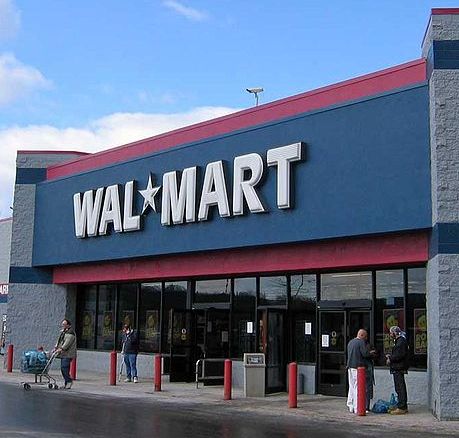 Will Walmart’s latest effort to buy locally help or harm farmers?For the second time in two years, the global retail giant Walmart, by far the nation’s largest grocer, is rolling out an initiative to localize its food buying. According to its press release:
Will Walmart’s latest effort to buy locally help or harm farmers?For the second time in two years, the global retail giant Walmart, by far the nation’s largest grocer, is rolling out an initiative to localize its food buying. According to its press release:
In the U.S., Walmart’s Heritage Agriculture program will help the company double the sale of locally grown food. The program focuses on sourcing produce from states and regions with long histories of agricultural production. Three of Walmart’s largest Heritage Agriculture programs are in the I-95 corridor along the East coast, the Delta region in the South and the Mid-America region of the Midwest. Sourcing examples include tomatoes, blueberries and broccoli in the I-95 corridor, peaches, cucumbers and strawberries in the Delta region and potatoes, onions and apples in the Mid-American program. [Emphasis mine.]
It’s a little hard to figure out what the company means by all of this. For example, moving tomatoes along the I-95 corridor (which runs from Florida to Maine) could just mean hauling flavorless orbs up the East Coast from Immokalee, Fla. — which is, in fact, already the source of winter tomatoes consumed in the United States east of the Mississippi. In other words, business as usual. (Incidentally, Walmart has so far failed to sign the Coalition of Immokalee Workers pledge to give tomoato pickers a much needed penny-per-pound raise.)
The New York Times reports that Walmart “defines local produce as that grown and sold in the same state.” That’s certainly a more rigorous definition than “I-95 corridor,” if it’s a bit broad of an area in, say, Texas. For me, what Walmart is really saying is that it’s moving toward a regional sourcing model, geared to mid-sized farms. Two years ago, when Walmart first announced its intention to buy more local food, I wrote this:
But we do need a revival of regional food distribution. As I’ve written before, we’re not going to have a truly sustainable and just food system until we find a model that works for mid-sized farms — the very ones that have been under severe economic pressure from globalization for decades. The real question is, will Walmart provide that model, or will it revert to its traditional bare-fisted, bully-the-supplier tactics? If the former, Walmart could make its first contribution to supporting a food system that works for more people than just its shareholders. If the latter, the company’s new rhetoric about “supporting local economies” will prove a bitter farce.
I realize now that I have no idea how that effort went. Did Walmart help mid-sized farms find decent prices for their produce in their own areas — or force them to compete on price with with mega-producers in California, Mexico, and China?
In the next couple of weeks, I’ll be digging into that story, talking to farmers and (if they’ll speak to me) Walmart officials to figure out just what it means when a global giant “goes local.” If you know of any farmers who have dealt directly with Walmart, please let me know.



